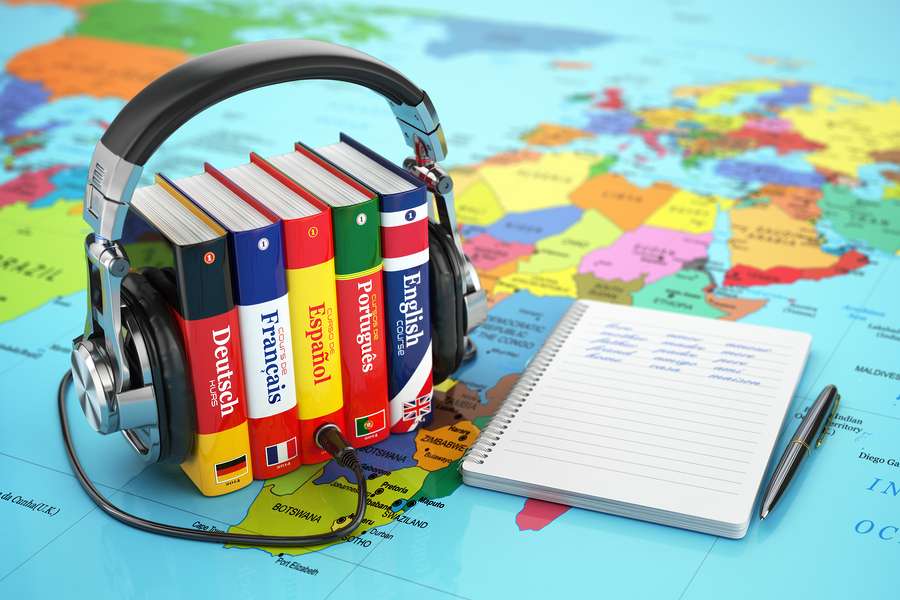In today’s globalized world, education is no longer limited to one’s native language. With the rise of international study programs, online learning platforms, and multilingual classrooms, students and educators alike are facing the challenge of breaking down language barriers. Translation has become an essential tool for bridging the gap between different languages and cultures, helping to create a more inclusive and accessible learning environment for all. In this blog, we will explore the role of translation in education, including its benefits, challenges, and best practices.

1. The Benefits of Translation in Education
Translation can have a significant impact on education, helping to improve access to educational materials and resources, facilitate communication between teachers and students, and promoting cultural exchange and understanding. By providing accurate translations of course materials, textbooks, and other educational content, students from different linguistic backgrounds can have equal access to learning opportunities.
2. The Challenges of Translating Educational Content
Translating educational content can be a complex and challenging process, requiring careful attention to detail and an understanding of the target audience. Different languages have different grammar rules, idiomatic expressions, and cultural nuances that need to be taken into account. Moreover, translating educational content often involves technical vocabulary and specialized terminology that requires expertise in the subject matter.
3. Best Practices for Translating Educational Content
To ensure the accuracy and effectiveness of translated educational content, there are several best practices that translators and educators should follow. These include working with subject matter experts, using translation memory tools, and incorporating cultural adaptation into the translation process. By following these best practices, educators can create high-quality translations that are tailored to the needs of their students.
4. The Role of Translation in Multilingual Classrooms
In multilingual classrooms, translation can help to facilitate communication between students and teachers and promote a more inclusive and collaborative learning environment. By using translation tools such as interpreting services, multilingual glossaries, and translated materials, educators can create a classroom that values linguistic diversity and encourages participation from all students.
5. The Ethics of Translation in Education
Translation in education raises a number of ethical questions, such as whether it is appropriate to translate sensitive or controversial material, or whether it is acceptable to use machine translation for important educational content. Educators and translators must consider these issues carefully and develop policies reflecting their values and priorities.
6. The Future of Translation in Education
As the education sector continues to become more globalized and diverse, the role of translation in education will become even more important. Advancements in translation technology, such as machine translation, neural networks, and natural language processing, are making it easier and faster to translate educational content. However, it is important to remember that these tools are not perfect and still require human oversight to ensure accuracy and cultural sensitivity.
7. Translation for International Study Programs
International study programs, such as study abroad or exchange programs, can benefit greatly from translation services. By providing translations of course materials, orientation materials, and other resources, students can better navigate the challenges of studying abroad and feel more comfortable in their new environment.
8. Translation for Online Learning
Online learning platforms have become increasingly popular in recent years, providing students with access to educational content from anywhere in the world. Translation can help to make online learning more accessible and inclusive, allowing students to learn in their native language and engage with other students from different linguistic backgrounds.
9. Translation for Educational Publishing
Educational publishers can benefit greatly from translation services, allowing them to expand their reach into new markets and increase revenue. By providing translations of textbooks, workbooks, and other educational materials, publishers can tap into new audiences and help to make education more accessible to students around the world.
Conclusion
Translation plays a crucial role in education, helping to break down language barriers and create a more inclusive and accessible learning environment for all. By following best practices and working with expert translators, educators and publishers can create high-quality translations that meet the needs of their students and promote cultural exchange and understanding.
We hope you enjoyed the blog post of Languages Unlimited. As the education sector continues to evolve, translation will become an even more essential tool for bridging the gap between different languages and cultures.
